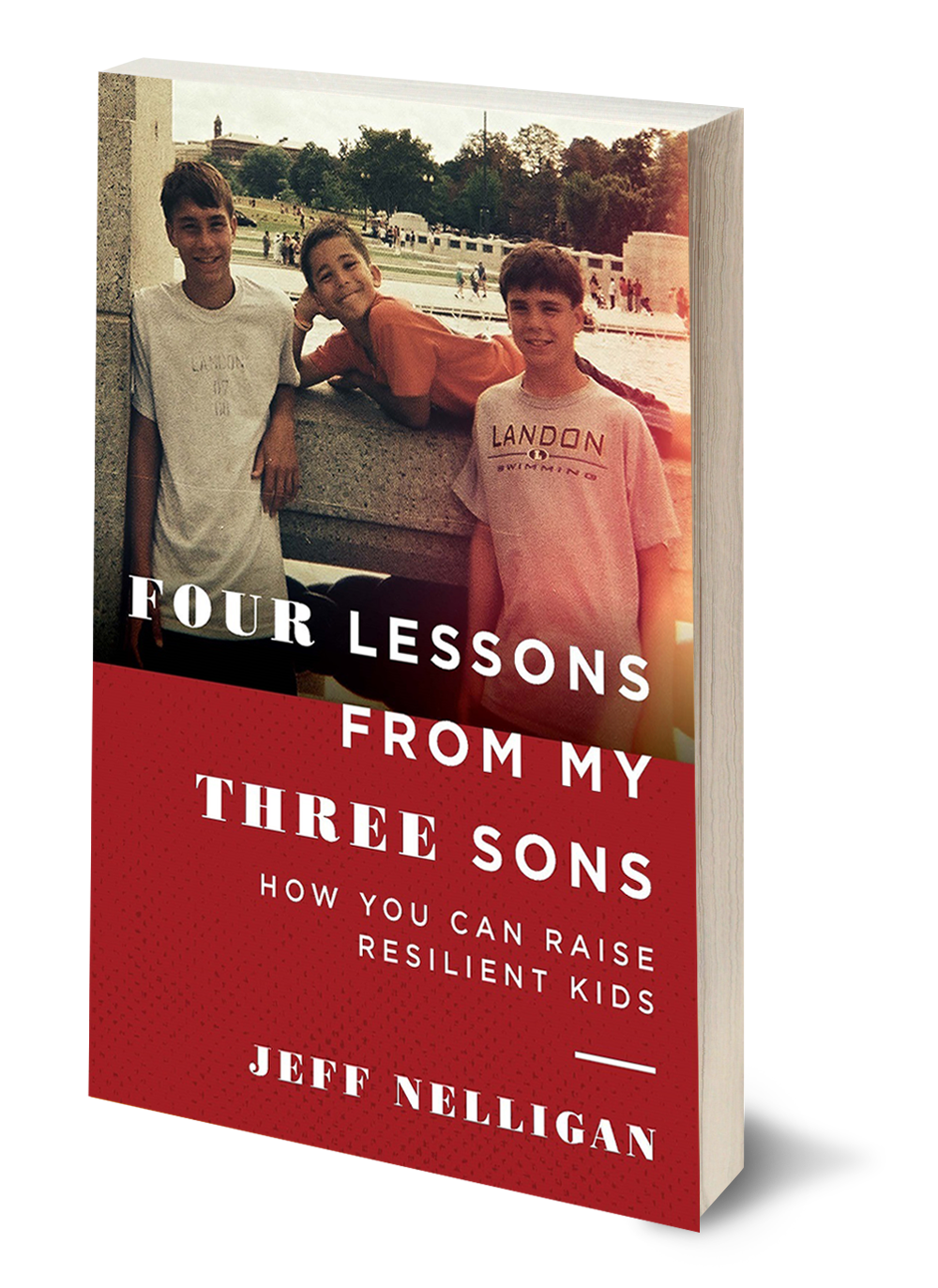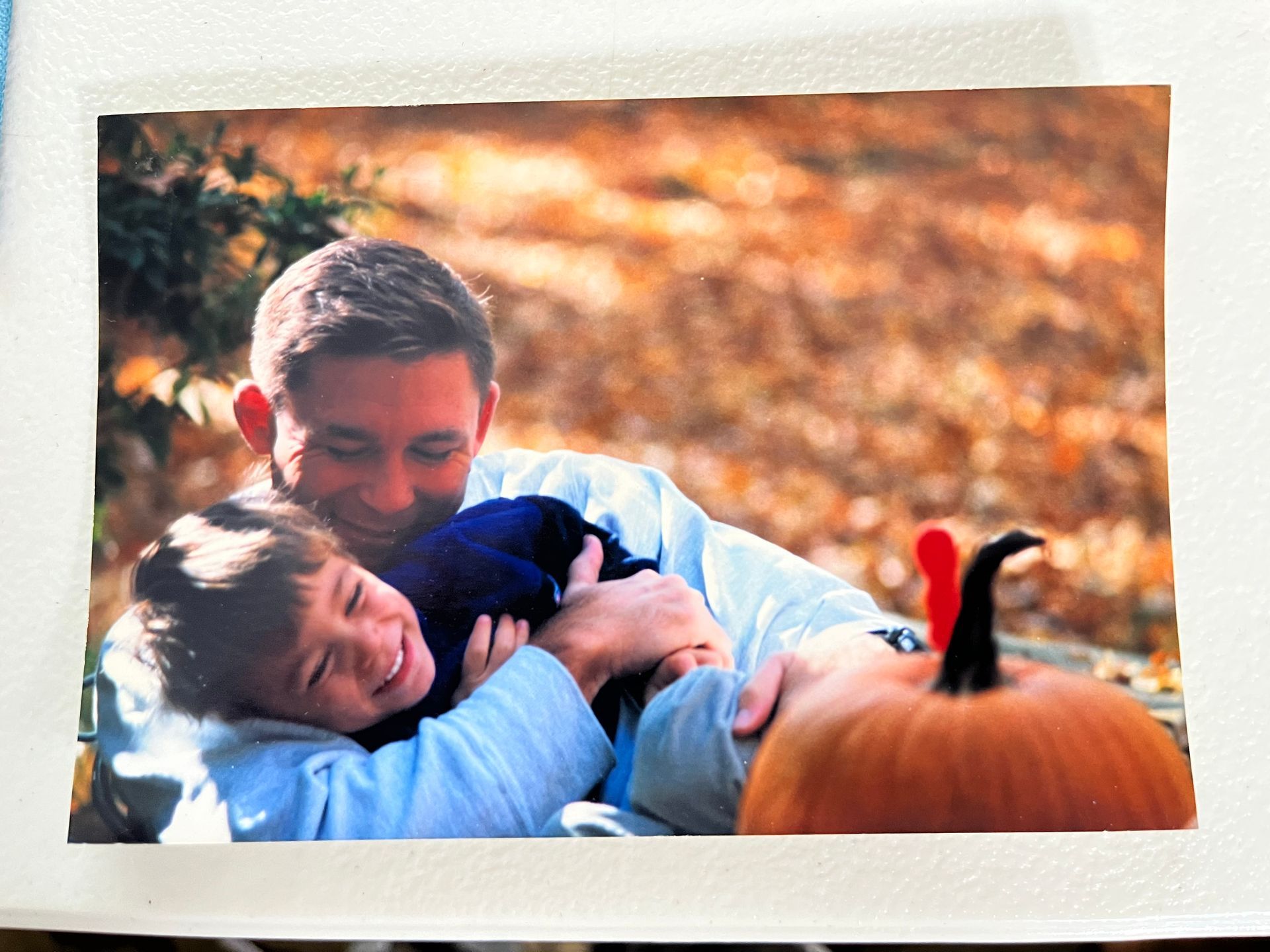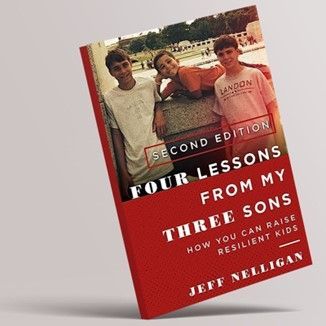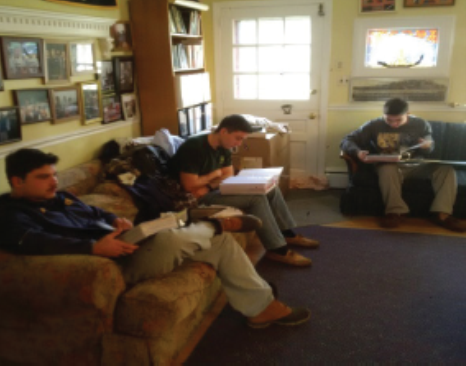How to foster resilience in your kid
Prepare your kid for the path, not the path for the kid.
“If you’re going through hell, keep going.” Winston Churchill, Triumph and Tragedy
A part of my good-natured approach to parenting was that I occasionally liked seeing one of my
sons in a tight, uncomfortable public situation even when it was nerve- wracking for me and
utterly agonizing for him. Call me counterintuitive but don’t call me unfeeling – ha! No kid
evades the crucibles in life and the sooner he or she learns to confront and absorb them the
better.
I’ve beat this drum enough already but I can’t help myself. As parents, we know that childhood
and adolescence have unavoidable tests and yes, consequences. Victories and failures. We also
know that kid problems are exactly that: kid problems. Transitory and minor-league in the
major schemes of life.
Just think back to your childhood – you encountered reverses as a kid
and guess what, you’re still standing. In the history of mankind no kid and no adult has proven
bulletproof.
Certainly there are serious calamities – injuries or deaths in families, medical situations,
parental discord, financial perils. Some of these can take superhuman effort to overcome. I’ve
had a few and I know you have as well. Each one is a consequence of living. No matter how
decent and self-assured a kid is there are going to be ordeals and sometimes disasters. Check
out this list below – any sound familiar? Maybe you have some to add.
• A boy or girl wrestling with friendships and peer pressure; a kid being sucked into
something they know is wrong.
• A child finding themselves on the outside while everyone else is on the inside.
• A kid struggling with academics, athletics or any kind of pursuit, from failing a class to
not being selected for a school production to riding the bench for an entire season.
• A boy and girl’s awkwardness and confusion as they grow into adolescence.
• Sheer bullying and unkindness. (My youngest son, saddled with thick eyeglasses and big
for his age, entered a brand new school in 5th grade and was taunted for months by kids who
were long-timers there.)
Then there are the personal disappointments that are never revealed to a parent. I know for a
fact that my three sons didn’t share everything with me and I was fine with that – if something
was really bad, I figured they’d tell me. Failures and despair will occur again and again over the
days and years. I know. I saw it in the lives of my three sons – missteps and blunders and
heartache. Real pain.
That’s why when those inevitable moments came where each one hit the wall, I wanted them to
be ready to absorb the distress and instinctively find a way forward. There were three lessons to
impart.
First, I worked hard to persuade all three that the best way of avoiding sagas or at least prevent
them from spinning out of control was to always be prepared for what the day would bring.
Second, I strove to have them react to any setback, large or small with as much calm as they
could muster, always keeping the hit in perspective with regards to the bigger picture.
Third, I wanted them to be able to recover fast from difficult scenes with forthrightness. That
meant to clearly assess the problem, adapt to the changed circumstances and then advance
forward, no matter how slowly.
There’s no way to shield your kid from discomfort. And you
shouldn’t. It’s that old saying: Prepare your kid for the path, not the path for your kid. Beware
the fragile son or daughter.











